New technology and application of microfluidic technology in biological sample analysis
DOI: 10.23977/analc.2023.020116 | Downloads: 7 | Views: 280
Author(s)
Zixia Feng 1
Affiliation(s)
1 The Hong Kong University of Science and Technology, Hong Kong, 999077, China
Corresponding Author
Zixia FengABSTRACT
Microfluidic technology has become a revolutionary potential technology in the field of biological sample analysis. This paper summarizes the new technology and application of microfluidic technology in biological sample analysis, emphasizing its key role in high-throughput analysis, single-cell analysis, personalized medicine, environmental monitoring and future development trends. In the new technology and application of microfluidic technology, high throughput analysis is a prominent direction. Microfluidic system can effectively process a large number of biological samples, reducing the time-consuming and cost of experiments. This provides powerful tools in the fields of genomics, protein omics and drug screening, and provides new opportunities for scientific research and clinical diagnosis. Single cell analysis is another remarkable application of microfluidic technology. Microfluidic chip can efficiently analyze a single cell and reveal cell heterogeneity and disease mechanism. This provides a profound insight for cancer research, immunology and neuroscience. In the future, microfluidic technology will continue to promote the development of biological sample analysis. Multifunctional chips, portable applications and the combination with machine learning will provide researchers with more tools and methods to deeply understand the complexity of biology.
KEYWORDS
Microfluidic technology; application; biological sample analysisCITE THIS PAPER
Zixia Feng, New technology and application of microfluidic technology in biological sample analysis. Analytical Chemistry: A Journal (2023) Vol. 2: 123-130. DOI: http://dx.doi.org/10.23977/analc.2023.020116.
REFERENCES
[1] Yu Ke. (2013). Microfluidic-based cell assay for biomedical application. Recent Patents on Biomedical Engineering, 6(3), 195-202.
[2] Zhao, X., Wang, G., Shao, S., Meng, Q., & Zhang, C. (2021). Terahertz characteristics of magnetic fluid based on microfluidic technology. International Journal of Optics, 2021(8), 1-8.
[3] Mary, P., Dauphinot, L., Nadège Bois, Potier, M. C., & Tabeling, P. (2011). Analysis of gene expression at the single-cell level using microdroplet-based microfluidic technology. Biomicrofluidics, 5(2), 24109.
[4] Zhang, J., Sun, J., Li, B., Yang, C., & Liu, K. (2020). Robust biological fibers based on widely available proteins: facile fabrication and suturing application. Small, 16(8), 1907598.
[5] Fan, J. F., Zhu, Y., Shi, X. T., Fang, Q., & Huang, J. (2012). Microfluidic sequential injection analysis system based on polydimethylsiloxane (pdms) chip with integrated pneumatic-actuated valves. SCIENCE CHINA Chemistry, 55(4), 531-536.
[6] Jeremy, Masbou, David, Point, Jeroen, & E., et al. (2013). Application of a selective extraction method for methyl mercury compound specific stable isotope analysis (mehg-csia) in biological materialsf. Journal of Analytical Atomic Spectrometry, 28(10), 1620-1628.
[7] Watanabe, T., Ono, T., & Kimura, Y. (2011). Continuous fabrication of monodisperse polylactide microspheres by droplet-to-particle technology using microfluidic emulsification and emulsion–solvent diffusion. Soft Matter, 7(21), 9894-9897.
[8] Zhang, A. L., & Zha, Y. (2012). Fabrication of paper-based microfluidic device using printed circuit technology. Aip Advances, 2(2), 1.
[9] Takehara, H., Jiang, C., Uto, K., Ebara, M., & Ichiki, T. (2013). Novel microfluidic valve technology based on shape memory effect of poly (ε-caprolactone). Applied Physics Express, 6(3), 7201.
[10] Ainla, A. (2012). Hydrodynamic flow confinement technology in microfluidic perfusion devices. Micromachines, 3(2), 442-461.
| Downloads: | 531 |
|---|---|
| Visits: | 19748 |
Sponsors, Associates, and Links
-
Forging and Forming

-
Composites and Nano Engineering
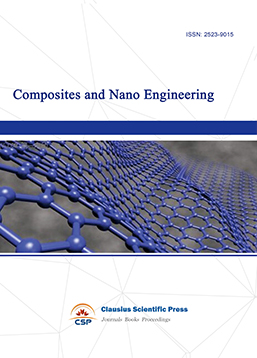
-
Journal of Materials, Processing and Design
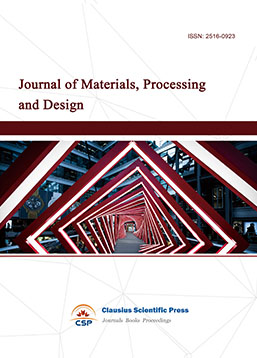
-
Metallic foams
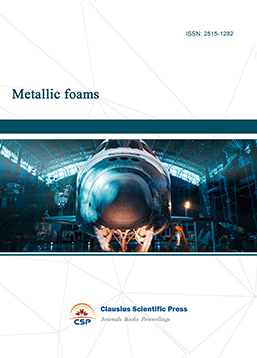
-
Smart Structures, Materials and Systems

-
Chemistry and Physics of Polymers
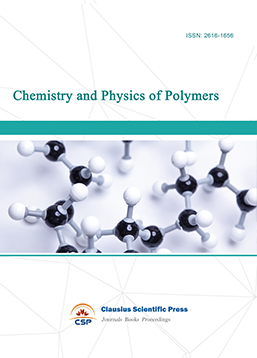
-
Modern Physical Chemistry Research
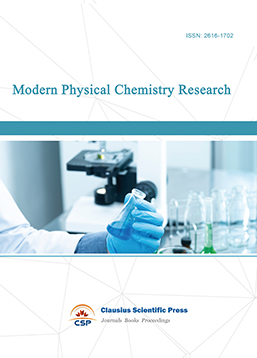
-
Inorganic Chemistry: A Journal

-
Organic Chemistry: A Journal
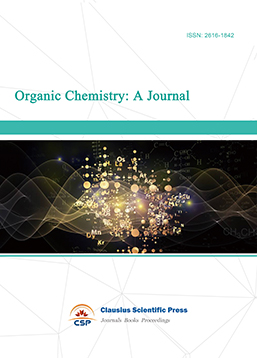
-
Progress in Materials Chemistry and Physics

-
Transactions on Industrial Catalysis
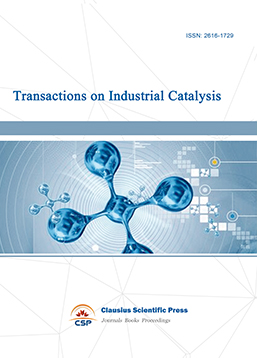
-
Fuels and Combustion

-
Casting, Welding and Solidification
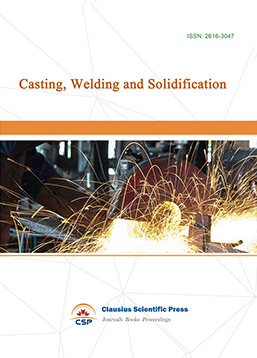
-
Journal of Membrane Technology
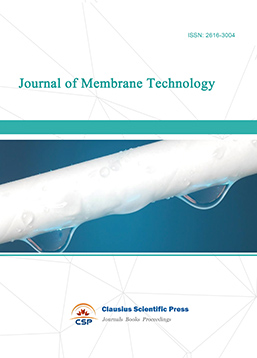
-
Journal of Heat Treatment and Surface Engineering
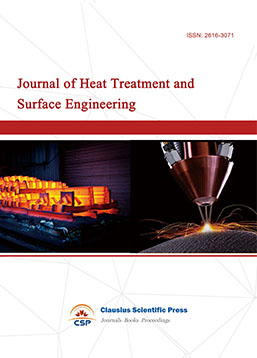
-
Trends in Biochemical Engineering

-
Ceramic and Glass Technology

-
Transactions on Metals and Alloys
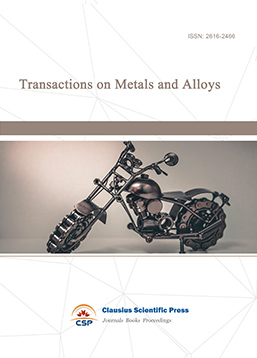
-
High Performance Structures and Materials
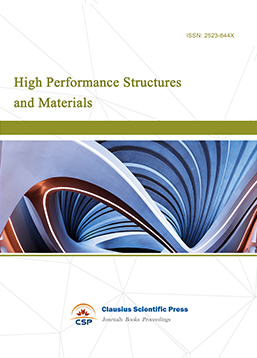
-
Rheology Letters

-
Plasticity Frontiers

-
Corrosion and Wear of Materials

-
Fluids, Heat and Mass Transfer

-
International Journal of Geochemistry
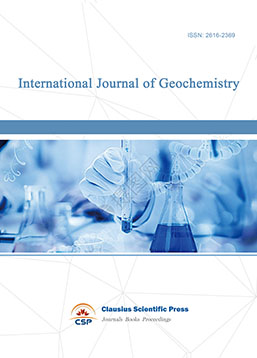
-
Diamond and Carbon Materials
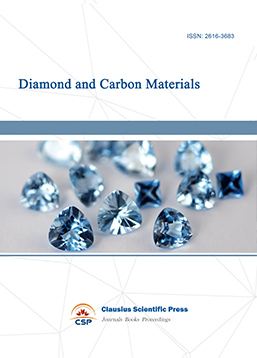
-
Advances in Magnetism and Magnetic Materials
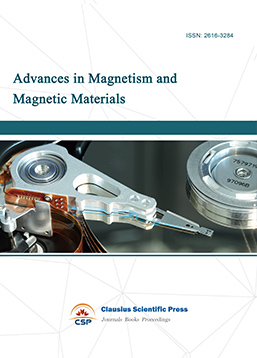
-
Advances in Fuel Cell

-
Journal of Biomaterials and Biomechanics
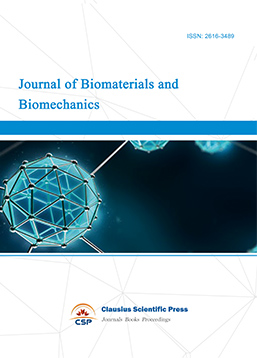

 Download as PDF
Download as PDF